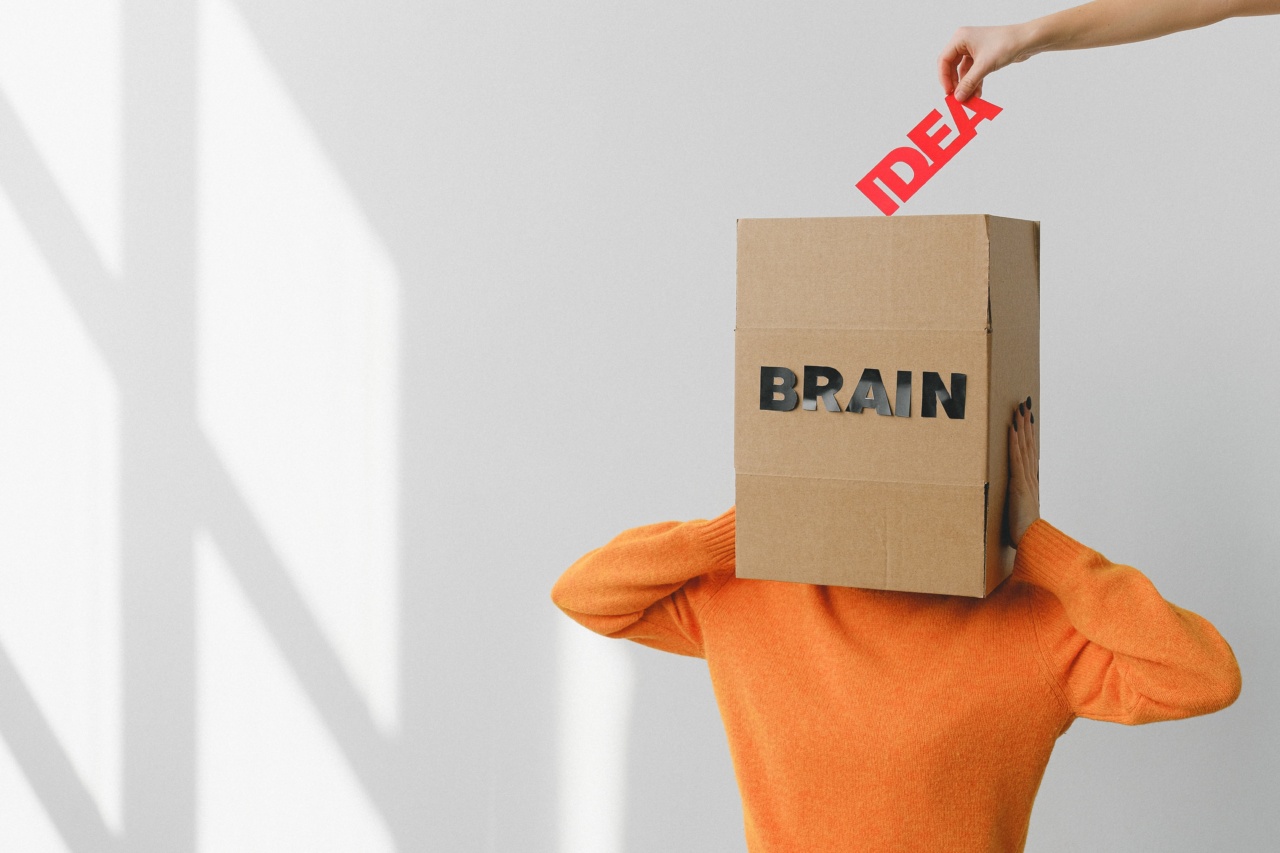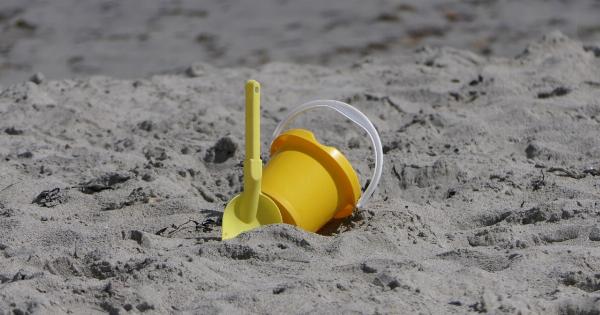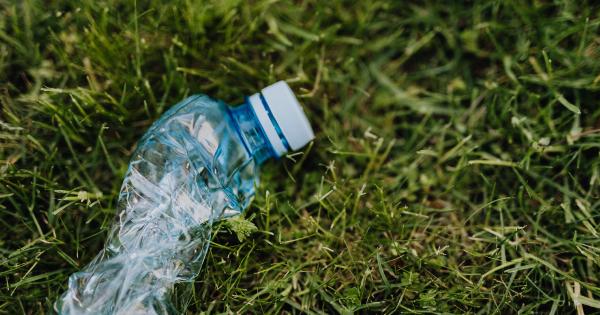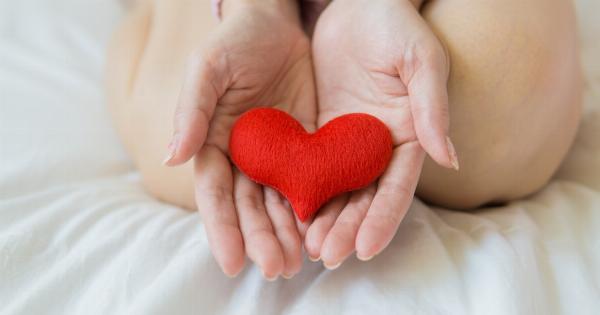Urinary tract infections (UTIs) are an uncomfortable reality for many people. One of the most common types of UTIs is cystitis. In this article, we will explore what cystitis is, its causes, its symptoms, and how it is diagnosed and treated.
What is Cystitis?
Cystitis is a type of UTI that affects the bladder. It is a common infection, especially in women, that can cause pain and discomfort. It is most often caused by bacteria, but it can also be caused by viruses or fungi.
The bacteria that most commonly cause cystitis are E. coli, which live in the intestines and can sometimes be transferred to the bladder.
Causes of Cystitis
Cystitis is most commonly caused by bacteria, but it can also be caused by viruses or fungi. It can be caused by a variety of factors, including:.
- Sexual activity
- Pregnancy
- Menopause
- Using a diaphragm for birth control
- Having an abnormal urinary tract
- Having a weakened immune system
Symptoms of Cystitis
The symptoms of cystitis can vary from person to person. Some common symptoms include:.
- Pain or discomfort in the lower abdomen
- Urgency and frequency to urinate
- Burning sensation with urination
- Cloudy or foul-smelling urine
- Blood in the urine
- Feeling of pressure in the lower abdomen or bladder
Diagnosing Cystitis
If you suspect that you have cystitis, your doctor will take a medical history and perform a physical examination. They may also order lab tests to determine if you have a UTI. These tests may include a urinalysis, urine culture, and blood tests.
Treating Cystitis
Treatment for cystitis usually involves antibiotics to kill the bacteria causing the infection. It is important to finish the entire course of antibiotics, even if you start feeling better before the medication is finished.
Drinking plenty of fluids can help flush out the bacteria and reduce symptoms. Over-the-counter pain relievers like acetaminophen or ibuprofen can help relieve pain and discomfort. In severe cases, hospitalization may be necessary to receive intravenous antibiotics.
Preventing Cystitis
There are several steps you can take to help prevent cystitis:.
- Drink plenty of fluids, especially water
- Urinate frequently and empty your bladder completely
- Wipe from front to back after using the toilet
- Take showers instead of baths
- Avoid using harsh soaps, bubble baths, or scented hygiene products in the genital area
- Avoid using irritating feminine products
- Wear loose-fitting, cotton clothing, and avoid tight-fitting underwear
- Avoid using a diaphragm for birth control
- Urinate after sexual activity
Conclusion
Cystitis is a common type of UTI that affects the bladder. It is most often caused by bacteria, but it can also be caused by viruses or fungi.
Symptoms include pain or discomfort in the lower abdomen, urgency and frequency to urinate, burning sensation with urination, cloudy or foul-smelling urine, and blood in the urine. Treatment usually involves antibiotics and drinking plenty of fluids to flush out the bacteria. Cystitis can be prevented by taking steps to maintain good urinary tract hygiene.





























